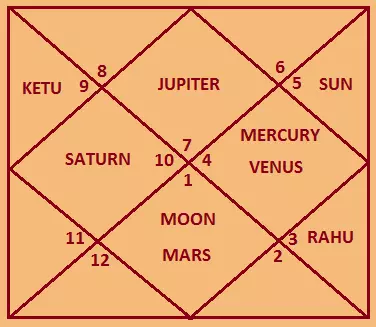Kshitij or Horizon

Best Astrologer in India: - Dr.A.S.Kalra


Horizon or Kshitij
By: - Dr.A.S.Kalra Astrologer
Kshitij / Horizon: -
If we go to a plain or field or a sea shore then far away a curved line is seen where the Sky & the Earth seem to be meeting. That line is called as horizon or kshitij.
The term "horizon" refers to the apparent line that separates the Earth's surface from the sky when viewed from a specific location. It is the boundary where the sky and the Earth appear to meet.
The horizon is a horizontal plane that appears to be at eye level and extends all around an observer. It can be observed in any direction, whether looking towards the ocean, over a landscape, or even from a high vantage point.
From a visual perspective, the horizon represents the farthest point an observer can see before objects disappear from view due to the curvature of the Earth. The horizon appears as a distinct line where the sky and the Earth's surface appear to converge.
The actual position of the horizon depends on various factors, including the observer's height, the terrain, and any obstacles present in the surrounding landscape. For instance, when standing on a mountaintop, the horizon may appear farther away compared to when standing on flat ground.
The horizon is an essential reference point in navigation and astronomy. It helps determine directions, celestial observations, and the apparent rising and setting of celestial bodies, such as the Sun, Moon, and stars.
Moreover, the concept of the horizon extends beyond the visible boundary. In a broader sense, it can symbolize limits, possibilities, or the edge of one's knowledge or perception. Metaphorically, it represents the boundary between what is known and what lies beyond.
